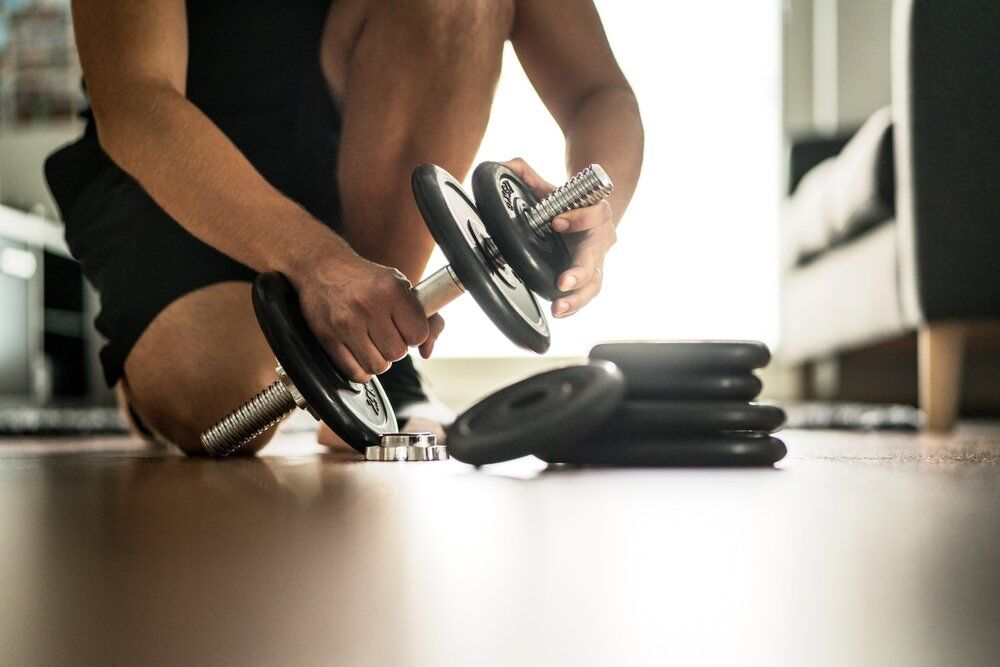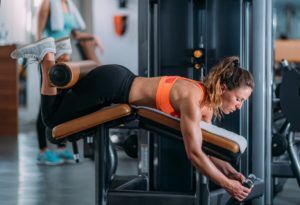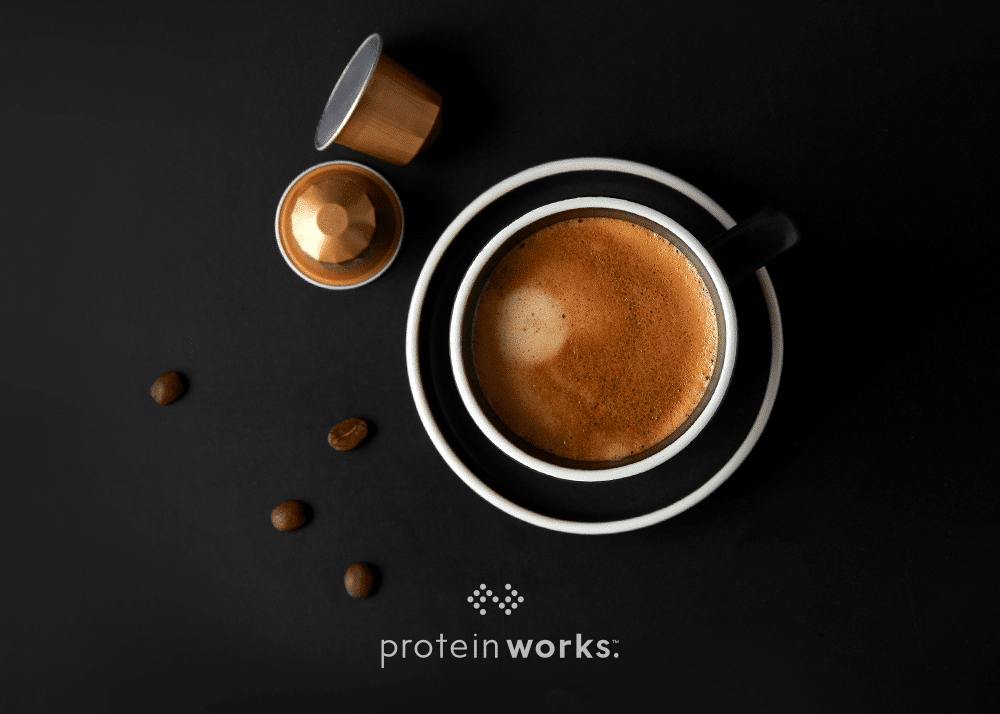
How Many Exercises Per Muscle Group Should I Do in a Workout?
A common question for people starting out is “how many exercises per muscle group should I do in a workout?”. There is rarely a proper answer. Different people will have different goals, which can affect the answer. Time is also a factor, as is current training level. A beginner may struggle to do half of what an experienced lifter manages. But this article will try and give you a definitive answer.
Larger muscles such as the chest, upper back, glutes, quads, and hamstrings, can each have 2-3 exercises. Compound movements such as squats are great because they work multiple muscles at the same time. Smaller muscles such as calves, biceps, abdominals may only require 1-2 exercises.
In this article, we will help you to find out how many exercises per muscle group, how many exercises per workout, and you will learn how to build a workout routine.
 How Many Exercises Per Muscle Group Should I Do?
How Many Exercises Per Muscle Group Should I Do?
A common mistake is to treat all muscles equally. With guys performing an equal number of exercises for the chest and the back. But the back is a collection of several muscles, while the chest contains just the pectorals.
Another mistake is performing more exercises for muscles you prefer. Many men want huge biceps, so will perform 3-4 exercises for them, but perhaps just one exercise for the shoulders. Other muscles may get ignored completely.
How many exercises you perform per muscle depends on the structure of your workouts. Are you training twice per week, or five times? Are you following a full body program or a push/pull program? In this article, we will be talking about a three session per week full body workout.
Why? Because this is a great workout program for new lifters, and most people don’t have the time nor the desire to workout every day.
Here is a guide to how many exercises per muscle group in a full body workout:
- Glutes = 1-2
- Quadriceps = 1
- Hamstrings = 1
- Calves = 0-1
- Lower Back = 1-2
- Pecs = 1-2
- Shoulders = 1-2
- Back = 2-3
- Biceps = 0-1
- Triceps = 0-1
- Core Muscles = 0-2
This probably needs some explanation.
Why have quadriceps and hamstrings only got one exercise?
The logic here is that to work the glutes, most people will perform squats, leg press, or glute bridges. Squats and leg presses will work the quadriceps and hamstrings. Glute bridges work the hamstrings. So you only need one quadricep isolation exercise and one hamstring isolation exercise, because in total they will be worked 2-3 times.
Why have Calves, Biceps, Triceps, and Core have a 0 option?
For similar reasons to the quadricep/hamstring question. You will be working your arm muscles during most upper body exercises (bench press works the triceps, bent over row works the biceps). You work the core muscles during deadlifts, squats, pull ups, shoulder presses, you get the idea.
The calves are partly worked during some lower body exercises, but also, for many people they are an unnecessary exercise. If you have naturally large calf muscles and your main focus is on losing weight or building a bigger chest, then calf exercises may be an unnecessary luxury.
 How Many Exercises Per Workout Should I Do?
How Many Exercises Per Workout Should I Do?
If you are performing a full body workout three times per week, this is a rough idea of how to structure your workouts:
- Compound Lower Body Exercise (Glutes, Hamstring/Quadriceps, Lower Back)
- Isolation Hamstring
- Isolation Quadricep
- Isolation Glutes/Lower Back
- Compound Upper Body (Chest)
- Compound Upper Body (Back)
- Compound Upper Body (Back/Shoulders)
- Isolation Biceps/shoulders
- Isolation Triceps/shoulders
- Isolation Abdominals
The idea is that this framework will work for all three workouts. Swap between a glute-heavy compound lift (squats, leg press) in session one, then a lower-back compound lift (deadlift) in session two. In session three you could switch between glute/lower back each week.
Whichever muscle you focused on for the compound movement, you would use the other muscle for the isolation movement. So, if you did squats, you would pick a lower back isolation movement such as Good Mornings (not technically an isolation movement as they work the hamstrings too).
The same rule would work for swapping between an extra back exercise and a shoulder exercise. You could also swap between arm exercises and shoulder isolation exercises.
Build Your Own Workout Routine
Now that you have your framework in place, it’s just a question of picking your own exercises to fit into it.
Compound Lower Body Exercises
- Glute-Focused = Back squats, front squats, leg press, goblet squats
- Lower Back-Focused = Deadlifts, sumo deadlifts, rack pulls
- Isolation Hamstring = Leg curls, lying leg curls, Romanian deadlifts, Nordic curls
- Isolation Quadriceps = Leg extensions, lunges, step ups, split squats
- Isolation Glutes = Glute bridges, kickbacks
- Isolation Lower Back = Good Mornings, back extensions
- Compound Upper Body (Chest) = Bench press, incline bench press, chest press
- Compound Upper Body (Back) = Pull ups, lat pulldown, T-bar row, bent over row, single arm row
- Compound Upper Body (Shoulder) = Seated shoulder press, push press, standing overhead press, military press, shrugs
- Isolation Biceps = Barbell curls, dumbbell curls, Ezy bar curls, hammer curls
- Isolation Triceps = Tricep pushdowns, close-grip push ups, overhead tricep press, close grip bench press
- Isolation Shoulders = Rear delt flyes, side raises, front raises, cable rear delt flyes, face pulls
- Isolation Abdominals = Crunches, planks, bicycle kicks, rope curls

Many of the exercises I’ve labelled as isolation are in fact exercises that work two muscles. For example, glute bridges work the glutes and the hamstrings (but mostly the glutes). Good Mornings mostly work the lower back, but also the hamstrings. Lunges work the quadriceps, but also the glutes.


 How Many Exercises Per Muscle Group Should I Do?
How Many Exercises Per Muscle Group Should I Do? How Many Exercises Per Workout Should I Do?
How Many Exercises Per Workout Should I Do?


No Comments yet!